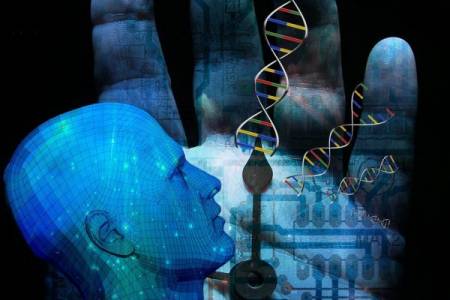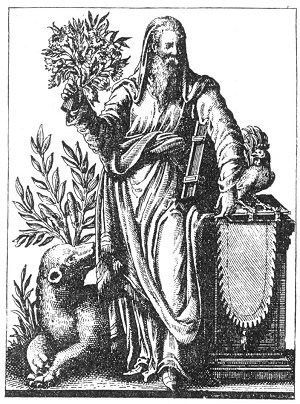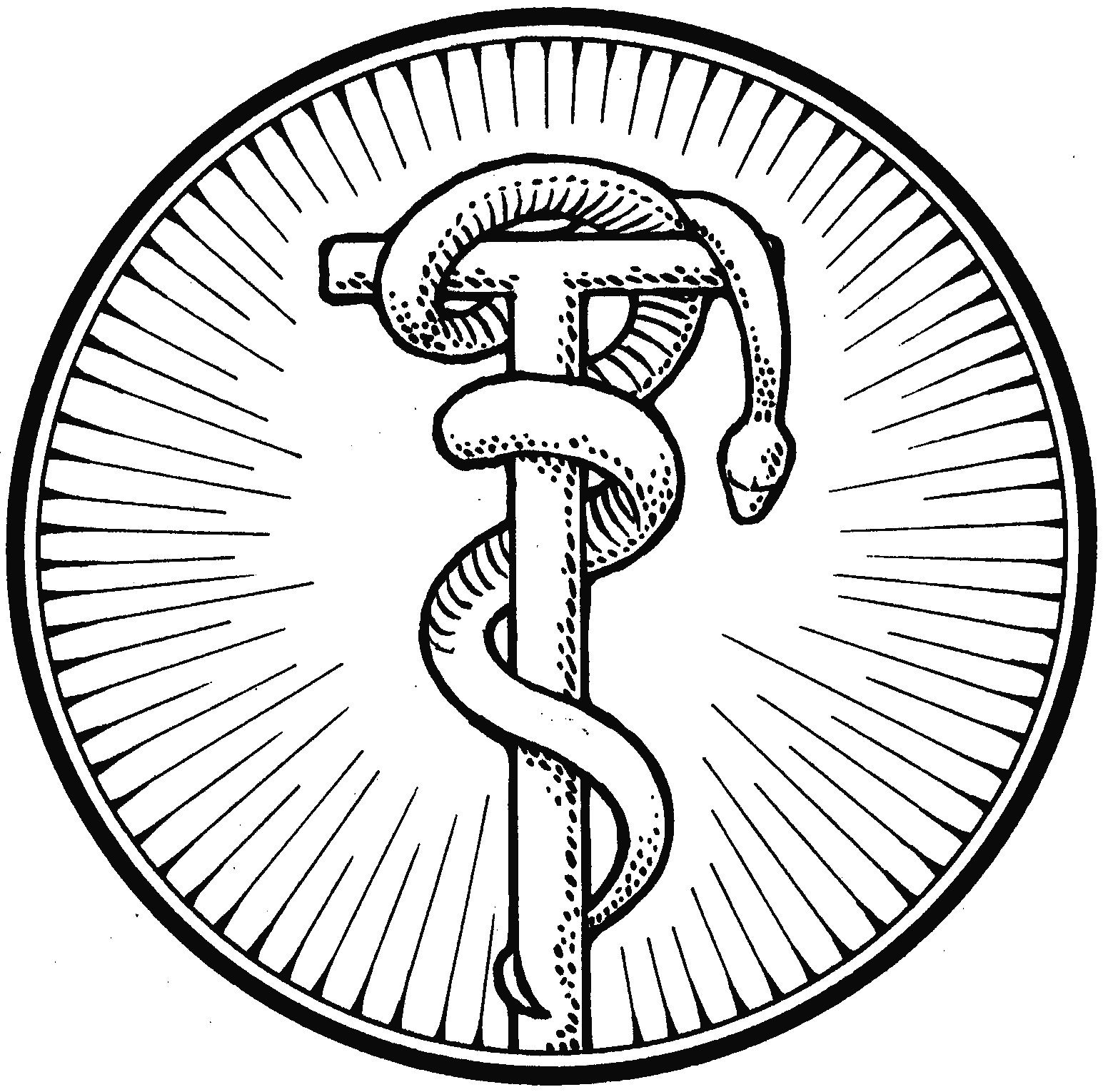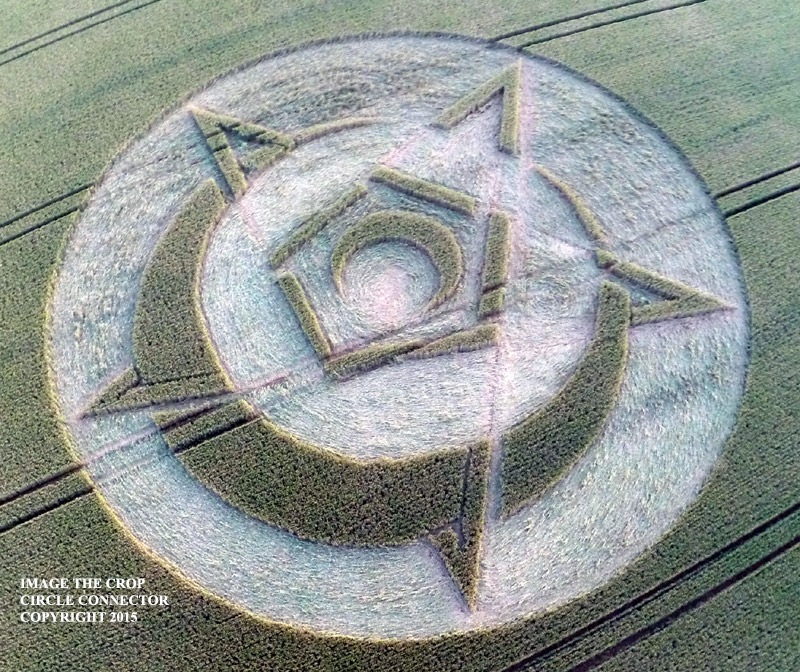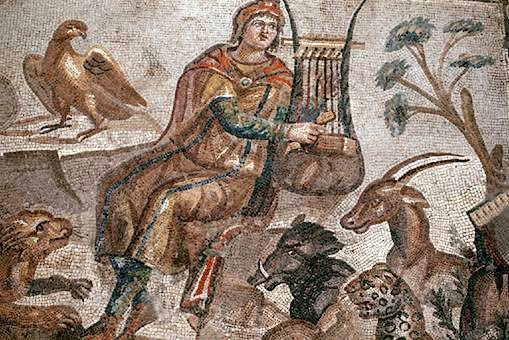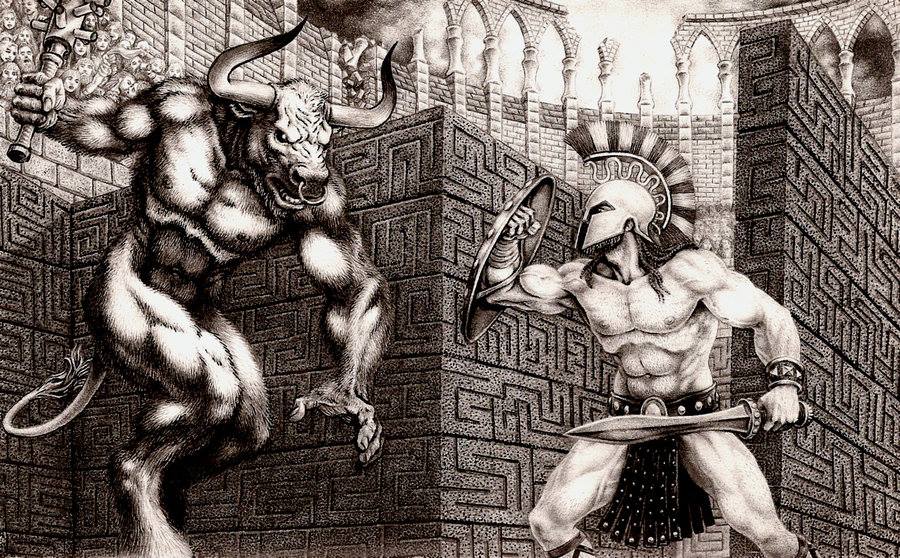There are also numerical ciphers from which the cryptic message may be extracted by counting every tenth word, every twentieth word, or every fiftieth word. In some cases the count is irregular. The first important word may be found by counting 100, the second by counting 90, the third by counting 80, and so on until the count of 10 is reached. The count then returns to 100 and the process is repeated.
5. The musical cipher. John Wilkins, afterwards Bishop of Chester, in 1641 circulated an anonymous essay entitled Mercury, or the Secret and Swift Messenger. In this little volume, which was largely derived from the more voluminous treatises of Trithemius and Selenus, the author sets forth a method whereby musicians can converse with each other by substituting musical notes for the letters of the alphabet. Two persons understanding the code could converse with each other by merely playing certain notes upon a piano or other instrument. Musical cryptograms can be involved to an inconceivable point; by certain systems it is possible to take an already existing musical theme and conceal in it a cryptogram without actually changing the composition in any way. The pennants upon the notes may conceal the cipher, or the actual sounds of the notes may be exchanged for syllables of similar sound. This latter method is effective but its scope is somewhat limited. Several musical compositions by Sir Francis Bacon are still in existence. An examination of them might reveal musical cryptograms, for it is quite certain that Lord Bacon was well acquainted with the manner of their construction.
6. The arbitrary cipher. The system of exchanging letters of the alphabet for hieroglyphic figures is too easily decoded to be popular. Albert: Pike describes an arbitrary cipher based upon the various parts of the Knights Templars’ cross, each angle representing a letter. The many curious alphabets that have been devised are rendered worthless, however, by the table of recurrence. According to Edgar Allan Poe, a great cryptogrammatist, the most common letter of the English language is E, the other letters in their order of frequency are as follows: A, O, I, D, H, N, R, S, T, V, Y, C, F, Q L, M, W, B, K, P, Q, X, Z. Other authorities declare the table of frequency to be: E, T, A, O, N, I, R, S, H, D, L, C, W, U, M, F, Y, G, P, B, V, K, X, Q, J, Z. By merely counting the number of times each character appears in the message, the law of recurrence discloses the English letter for which the arbitrary character stands. Further help is also rendered by the fact that if the cryptogram be split up into words there are only three single letters which may form words: A, I, O. Thus any single character set off from the rest of the text must be one of these three letters. For details of this System see The Gold Bug, by Edgar Allan Poe.
To render more difficult the decoding of arbitrary ciphers, however, the characters are seldom broken up into words, and, further, the table of recurrence is partly nullified by assigning two or more different characters to each letter, thereby making it impossible to estimate accurately the frequency of recurrence. Therefore, the greater the number of arbitrary characters used to represent any single letter of the alphabet, the more difficult it is to decipher an arbitrary cryptogram. The secret alphabets of the ancients are comparatively easy to decode, the only requisites being a table of frequency, a knowledge of the language in which the cryptogram was originally written, a moderate amount of patience, and a little ingenuity.
7. The code cipher. The most modem form of cryptogram is the code system. Its most familiar form is the Morse code for use in telegraphic and wireless communication. This form of cipher may be complicated somewhat by embodying dots and dashes into a document in which periods and colons are dots, while commas and semicolons are dashes. There are also codes used by the business world which can be solved only by the use of a private code book. Because they furnish an economical and efficient method of transmitting confidential information, the use of such codes is far more prevalent than the average person has any suspicion.

Moe is the founder of GnosticWarrior.com. He is a father, husband, author, martial arts black belt, and an expert in Gnosticism, the occult, and esotericism.

